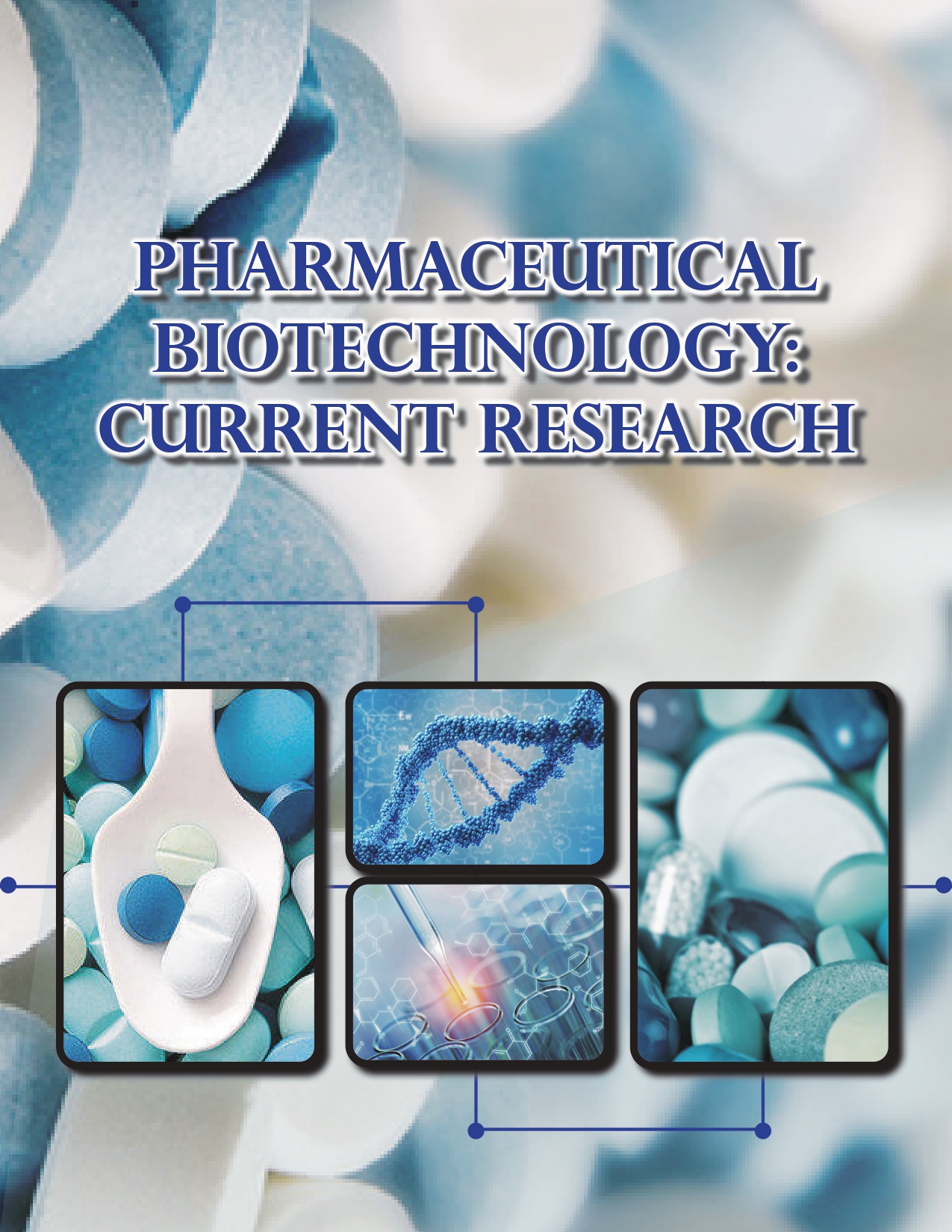A Short Comment on Medicine Discover
Hans Harry*
Department of Cardiology, Harvard Medical School, Boston, USA
Received Date: November 1 2021; Accepted Date: November 15 2021; Published Date: November 22 2021
Citation: Harry H (2021) A Short Comment on Medicine Discover. Pharm Biotechnol Curr Res Vol.05 No.6:21.
Description
In the fields of drug, biotechnology and pharmacology, medicine discovery is the process by which new seeker specifics are discovered. Historically, medicines were discovered by relating the active component from traditional remedies or by serendipitous discovery, as with penicillin. More lately, chemical libraries of synthetic small motes, natural products or excerpts were screened in complete cells or whole organisms to identify substances that had a desirable remedial effect in a process known as classical pharmacology. After sequencing of the mortal genome allowed rapid-fire cloning and conflation of large amounts of purified proteins, it has common practice to use high outturn webbing of large composites libraries against insulated natural targets which are hypothecated to be complaintmodifying in a process known as rear pharmacology. Successes from these defenses are also tested in cells and also in creatures for efficacity. Ultramodern medicine discovery involves the identification of webbing successes, medicinal chemistry and optimization of those successes to increase the affinity, selectivity (to reduce the eventuality of side goods), efficacy/ energy, metabolic stability (to increase the half- life), and oral bioavailability. Once a emulsion that fulfills all of these conditions has been linked, the process of medicine development can continue. However, clinical trials are developed, if successful. Discovering medicines that may be marketable success, or a public health success, involves a complex commerce between investors, assiduity, academia, patent laws, non-supervisory exclusivity, marketing and the need to balance secretiveness with communication. (9) Meanwhile, for diseases whose oddity means that no large marketable success or public health effect can be anticipated, the orphan medicine backing process ensures that people who witness those diseases can have some stopgap of pharmacotherapeutic advances.
Targets A" target” is produced within the pharmaceutical assiduity. Generally, the" target” is the naturally being cellular or molecular structure involved in the pathology of interest where the medicine-in-development is meant to act. Still, the distinction between a" new” and" established" target can be made without a full understanding of just what a" target “is. This distinction is generally made by pharmaceutical companies engaged in the discovery and development of rectifiers. (8) In an estimate from 2011, 435 mortal genome products were linked as remedial medicine targets of FDA-approved medicines.
Webbing and design The process of chancing a new medicine against a chosen target for a particular complaint generally involves high-outturn webbing (HTS), wherein large libraries of chemicals are tested for their capability to modify the target. For illustration, if the target is a new GPCR, composites will be screened for their capability to inhibit or stimulate that receptor (see antagonist and agonist) if the target is a protein kinase, the chemicals will be tested for their capability to inhibit that kinase.
Nature as source Traditionally, numerous medicines and other chemicals with natural exertion have been discovered by studying chemicals that organisms produce to affect the exertion of other organisms for survival. Despite the rise of combinatorial chemistry as an integral part of lead discovery process, natural products still play a major part as starting material for medicine discovery. A 2007 report plant that of the 974 small patch new chemical realities developed between 1981 and 2006, 63 were natural deduced or semisynthetic derivations of natural products.
Open Access Journals
- Aquaculture & Veterinary Science
- Chemistry & Chemical Sciences
- Clinical Sciences
- Engineering
- General Science
- Genetics & Molecular Biology
- Health Care & Nursing
- Immunology & Microbiology
- Materials Science
- Mathematics & Physics
- Medical Sciences
- Neurology & Psychiatry
- Oncology & Cancer Science
- Pharmaceutical Sciences
